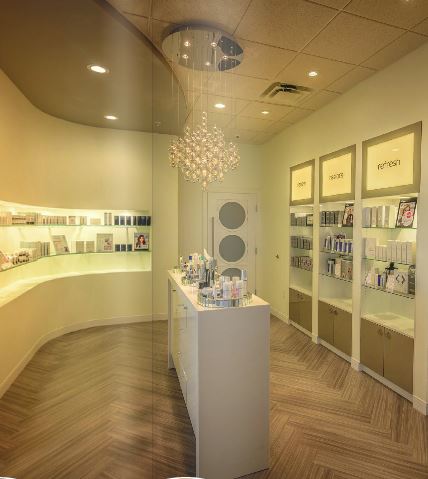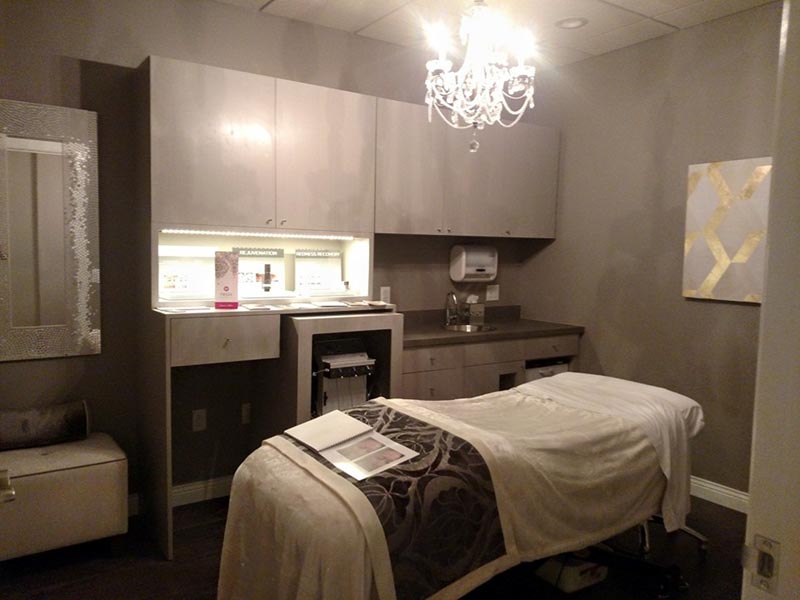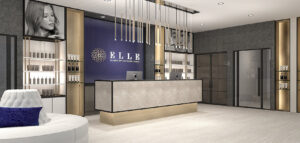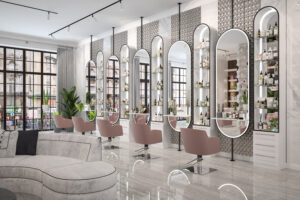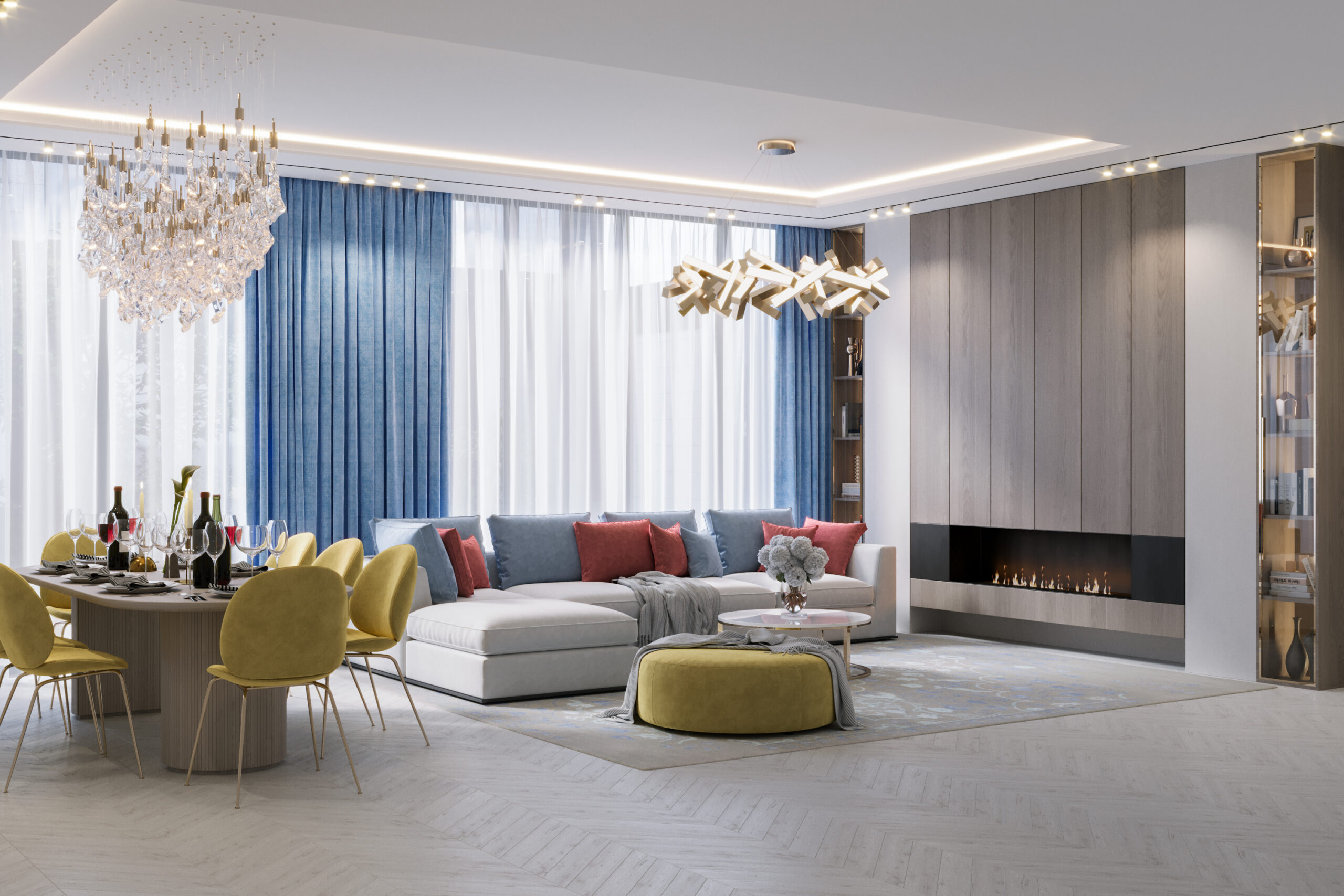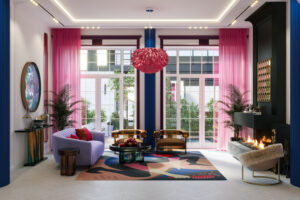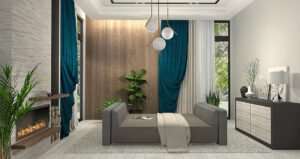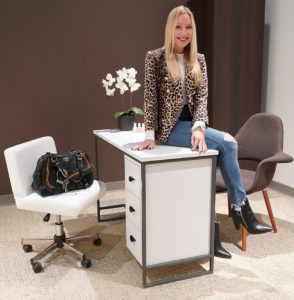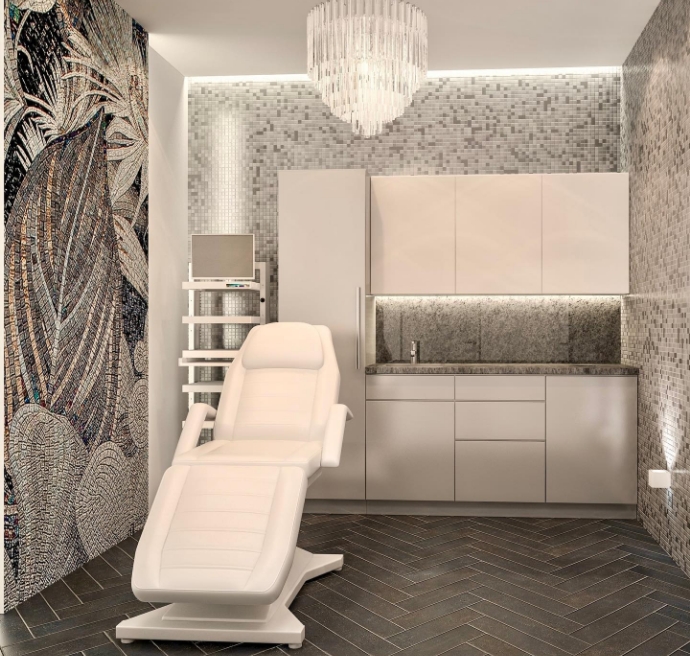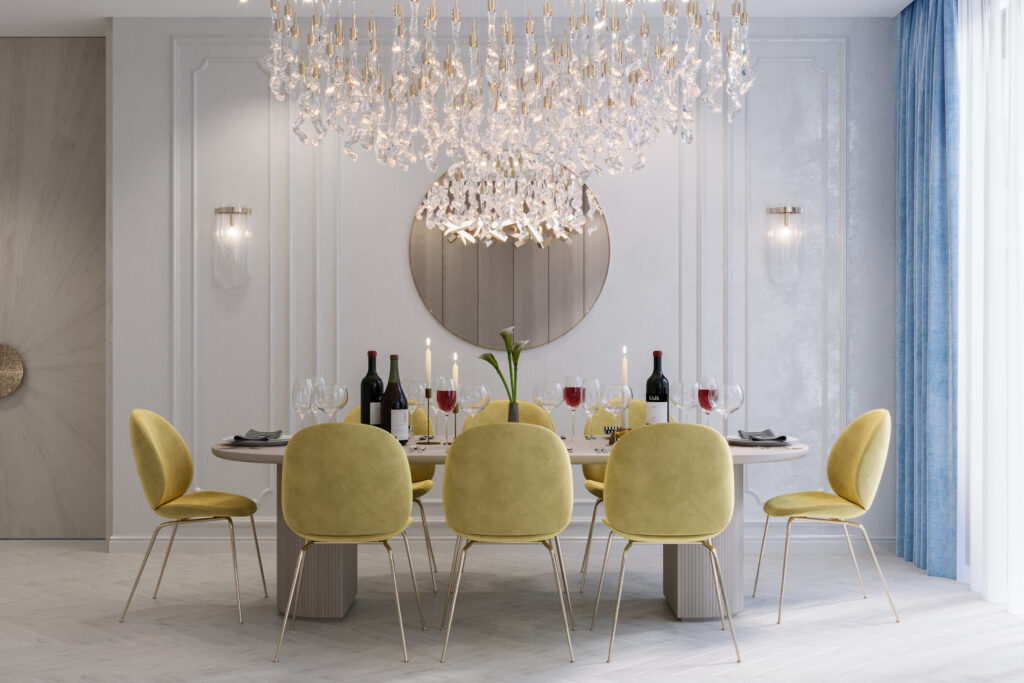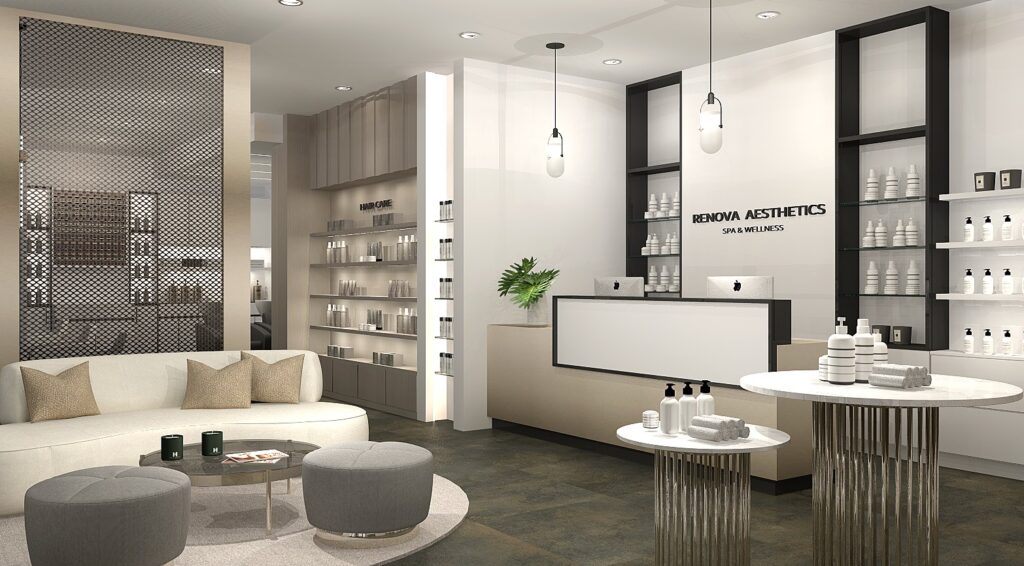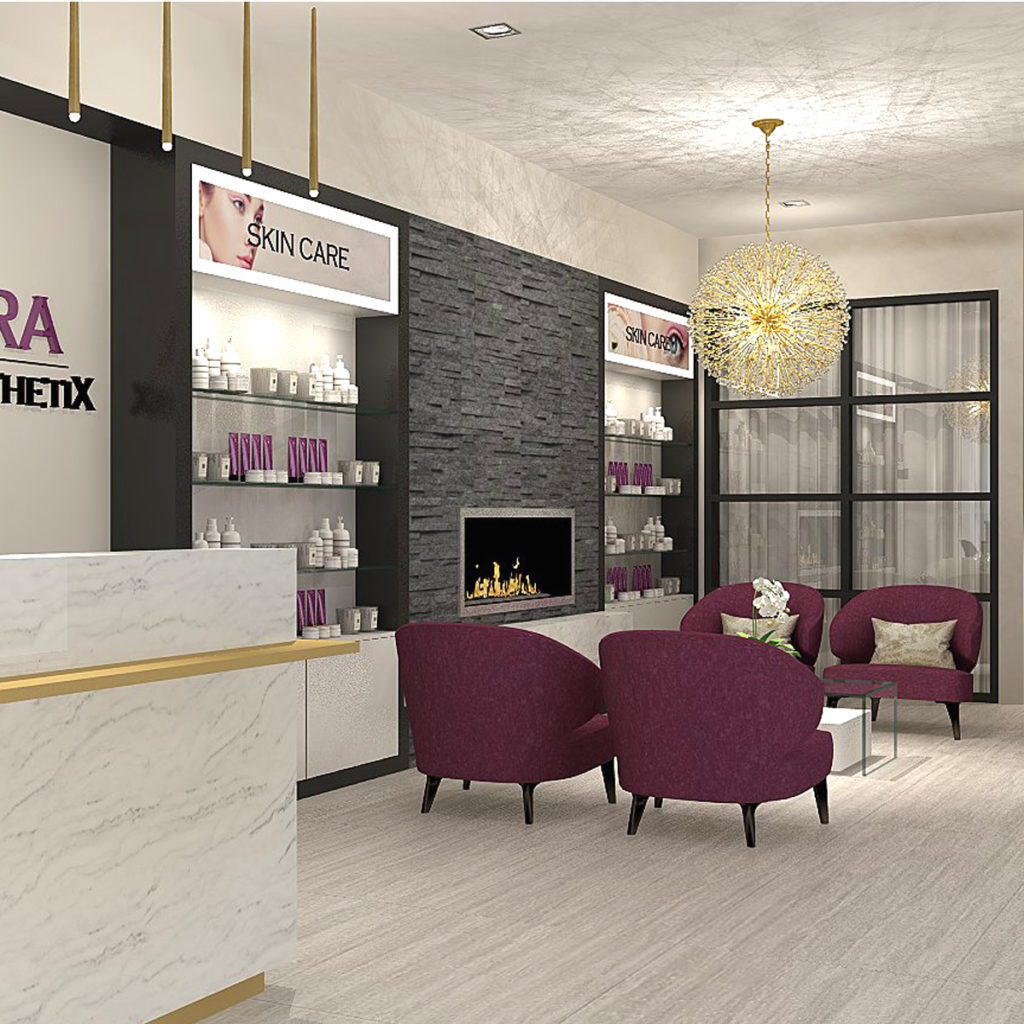
WHAT YOU NEED TO KNOW
INSIGHTS TO THE 10 BASIC BUILDING BLOCKS OF MEDICAL SPA DESIGN
Medical spa design is both an art and a science. Most people recognize the art. But the science behind great design produces the real beauty. It creates the harmony, efficiency, safety and revenue opportunities. It determines the brand identity and longevity. It cultivates how your guest, patients and workers respond to your space. Whether you are remodeling or starting new, consider not just the art, but the science.
With these 10 basic building blocks of design, I offer powerful planning insights to build upon. I include probing questions so that you can discover your own winning formula for a successful medical spa design project.
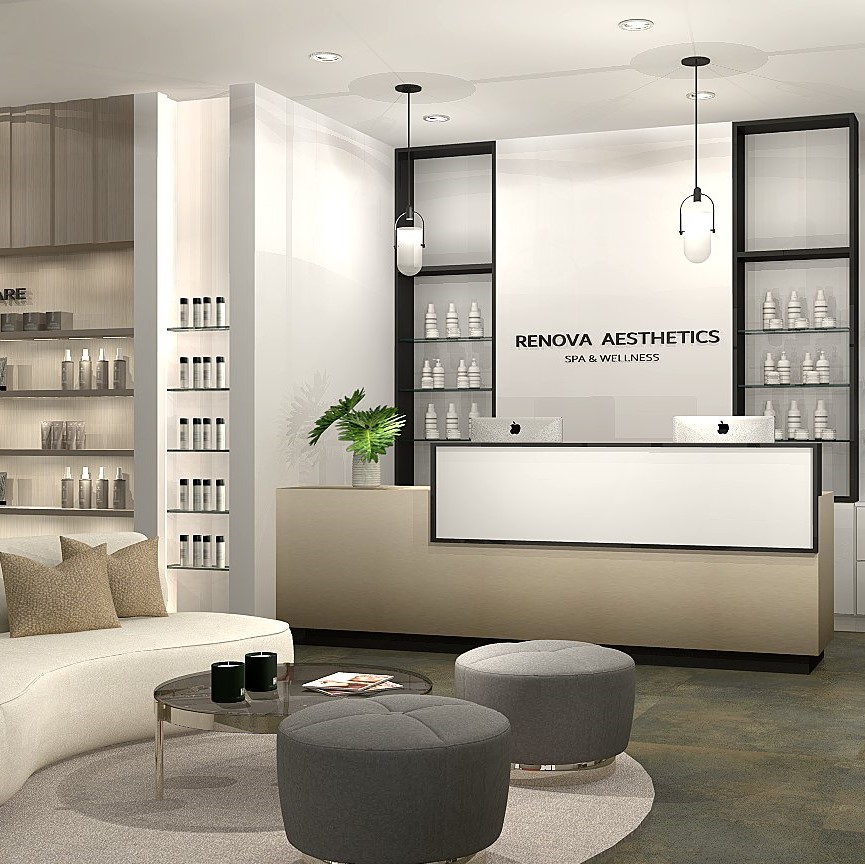
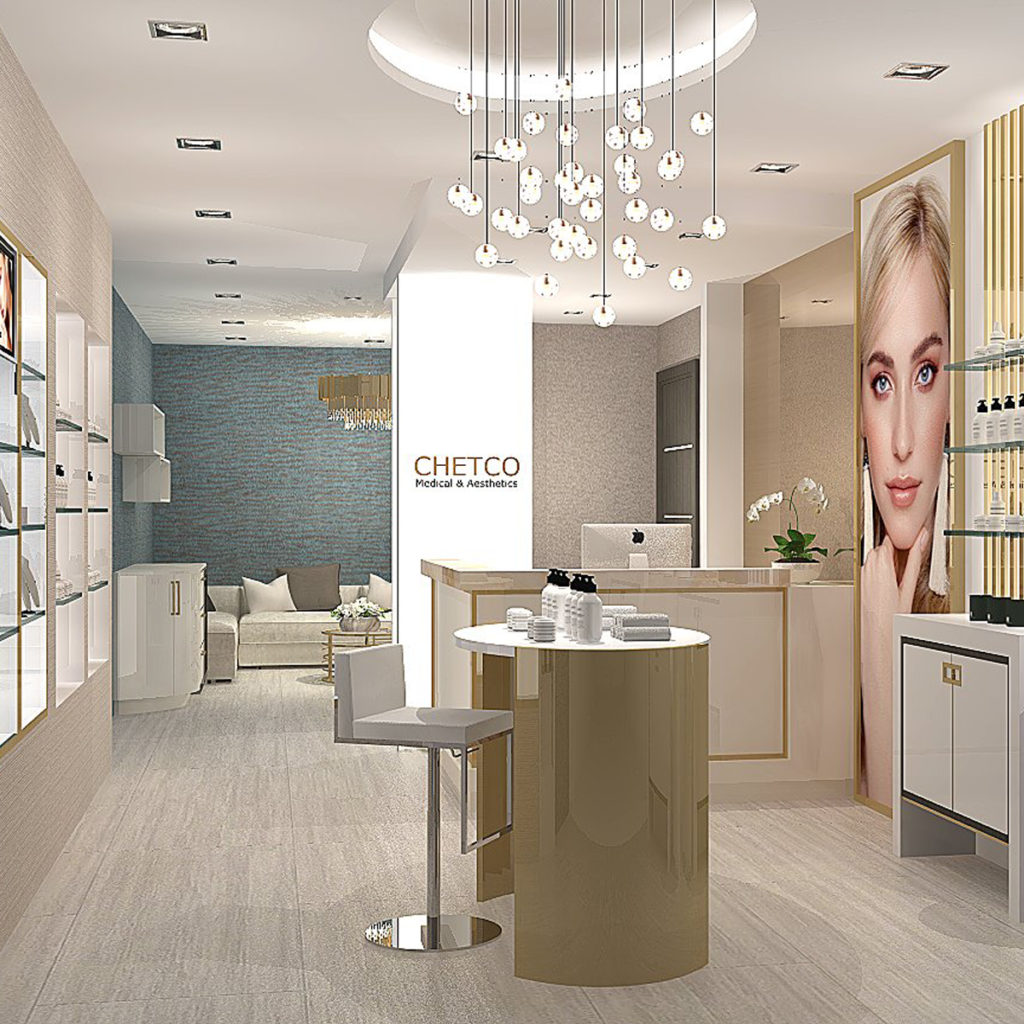

THE BUILDING BLOCKS
The Layout. How do you imagine your guest experience to unfold in your space? A great floor plan strikes the right balance of space allocation, effortless transitions and efficient use of space. It integrates your goals and wish list. It takes into account privacy laws and ADA (handicapped accessibility). You must be very discerning when it comes to floor plan design. Space is valuable because space equals revenue. Ask yourself how you can utilize every square inch of your space. Proper use of space is the foundation to your investment.
The Look. What colors do you imagine? What shapes do you see? What trend fits your look? How does your look support your brand? Start by pulling together inspiration that communicates your vision. Write down the overall look and feel of your space that you envision. What is your inspiration? Nature? Architecture? Hospitality? Consider 3D renderings to bring the space to life before it is built as a visualization tool. A well-developed theme is the footprint for your interior. It is the prelude to your story.
The Budget. What is your budget? How will you invest your dollars? Budgets include a “build-out” price per square foot and tenant improvements. It factors in furniture, millwork and equipment costs. It includes décor and operational costs. Have you considered leasing furniture? This helps to free-up cash reserves with tax incentives. Your contractors, designers, consultants and financial planners each play a role in budget planning. It is important to revisit the plan throughout the design-build process to yield the biggest return on your investment.
The Lighting. Every room has a unique set of lighting requirements. To get it right, ask yourself these questions. What are your ceiling heights? What type of ceiling will you have in each room or area? Do you envision a statement fixture? Do you want energy saving solutions? Most people do. Lighting is both an art and a science. Beyond the art, there are optics, color accuracy, color temperature, foot candles and lumens. Each determine the quality of light. They enhance work tasks and performance with minimal shadows. A lighting expert will help you formulate a successful lighting plan.
The Materials and Finishes. What are the colors and textures you imagine? Is your flooring existing or will it be new? Materials and finishes transform space through color, texture and appearance. This includes flooring, counter-top materials, wall finishes, ceiling applications, upholstery and more. The options are endless but there are fewer right choices. Here is where the technical data comes into play. It will show whether or not a product is fire and code compliant. It will help you to know if a flooring material is slip, water and stain resistant. Technical data is the science behind the art to make intelligent selections.
The Sourcing. Who will do your purchasing? Will you go shopping online? Will you visit a showroom? All of your purchases come down to timing, budget and availability. Too, these details need to be coordinated with your contractor. Plans for electrical, plumbing and installation are a delicate balance. Sourcing takes time, effort, organization and responsibility. For any project, there may be hundreds of purchasing requirements to sort through. Each must fit your look, timeline and budget. It is important that the product lands where and when it is needed. A sourcing resource will allow you to focus on building your business.
The Furniture and Equipment. What value do you place on your furniture and equipment? Do certain pieces require a bigger investment than others? How do they measure up to functionality, style and quality? Are you re-purposing equipment that you already have? There are three categories for new furniture and equipment. Low end, medium-end and high end. Will you spend less on some and more on others? Consider warranties, longevity and customer service. Be sure to request cut sheets and specifications for ease of installation. This goes for appliances too such as washers, dryers and refrigerators.
The Custom Cabinets and Millwork. Do you want a customized branded interior? Are you looking built-in functionality? Custom cabinets, furniture and millwork are central to a successful interior. Expertly designed pieces ensure that your unique vision is achieved with practicality. It unites skilled designers, engineers, craftspeople and fabricators for fluidity and efficiency. From a reception desk to a feature wall, it is important to not overlook the intricacy that goes into this specialized process for a flawless result.
The Décor and Accessories. The right decor can enhance your brand. Consider beautiful graphics, draperies and artful chandeliers. Accessories can be found to fit most any budget! Plan to cut costs in some areas and spend a little more in others, depending on the overall budget and your priorities. Don’t add decor for the sake of adding decor. The art of accessorizing is a well thought out strategy where the room is not cluttered with “stuff”, but decorated for interest, texture, balance and function. These investment dollars can go a long way to make your space insta-worthy.
The Construction Drawings. Are you looking for construction bids? Do you need drawings for city permits? Construction documents set forth the instructions for the interior build-out. These necessary drawings for acquiring bids and obtaining permits, include ceiling design, lighting plans, framing and demolition plans as well as engineering and mechanical drawings. They include details with specifications for sinks, lighting fixtures, doors, hardware, baseboard, flooring, paint, wall coverings, switch plates and more. Be sure to confirm the collaboration needed between architects and designers to accomplish this task.
